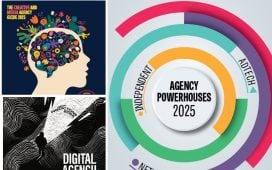For several years, travellers around the world have been discovering all that the Middle East has to offer and, as a result, demand shows no signs of slowing down.
According to Sojern’s data, travel demand in 2023 to many MEA countries was up compared to pre-pandemic levels. In response, countries are making significant investments to attract new travellers and increase capacity.
To put their properties front and centre in travellers’ minds, Middle East travel marketers are pouring more resources into digital campaigns.
According to IAB MENA’s 2023 digital adspend results, MENA was the fastest growing region for ad spend in 2023, hitting $6.25 billion, an increase of 13.6 pe
To continue reading this article you need to be registered with Campaign. Registration is free and only takes a minute. Register Now or sign in below if you already have an account.









